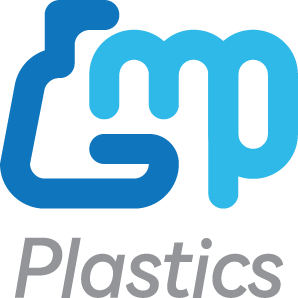Toxicology screening is a critical process in medical diagnostics, occupational health, and forensic investigations, enabling the detection of drugs, chemicals, and toxins in the human body. By analyzing biological samples such as urine, blood, saliva, or hair, toxicology screens provide essential information for treatment decisions, legal proceedings, and workplace safety.
Understanding Toxicology Screening
A toxicology screen determines the presence and approximate quantity of legal or illegal substances an individual has ingested. These tests are commonly employed to assess drug abuse, monitor substance use disorders, or evaluate cases of intoxication and overdose. Rapid and versatile, toxicology screenings can detect a wide range of substances, including:
-
Alcohol
-
Amphetamines
-
Barbiturates
-
Benzodiazepines
-
Cocaine
-
Marijuana
-
Opioids
-
Phencyclidine (PCP)
The choice of biological sample and testing method depends on the substances being tested for, the detection window, and the context of the screening.
Types of Toxicology Tests
Urine Testing
Urine tests are the most prevalent form of toxicology screening due to their non-invasive nature and broad detection capabilities. They are particularly effective for identifying recent drug use, as many substances are excreted through urine. For example, common drugs screened in urine include cocaine, amphetamines, marijuana, and PCP.
Blood Testing
Blood tests provide accurate and immediate information about the concentration of substances in the bloodstream. They are typically used in medical settings to assess current impairment or overdose situations. However, blood testing is more invasive and has a shorter detection window compared to urine testing.
Saliva Testing
Saliva tests are less invasive and can detect drug use within a short time frame. They are often utilized in roadside testing for impaired driving or in workplace settings. The ease of collection makes saliva testing a convenient option, though it may have a narrower detection window than urine or hair tests.
Hair Testing
Hair follicle tests can detect drug use over a more extended period, often up to 90 days. They are valuable in situations requiring an assessment of long-term substance use patterns. However, hair testing is less effective for detecting recent drug use within the past few days.
Applications of Toxicology Screening
Medical Diagnostics
In emergency situations, toxicology screens help healthcare providers identify substances that may be causing a patient's symptoms, enabling prompt and appropriate treatment. For instance, determining the presence of opioids or benzodiazepines can guide interventions in overdose cases.
Employment Testing
Many employers require drug testing as part of the hiring process or conduct random screenings to ensure a safe and productive workplace. Urine and saliva tests are commonly used for their balance of accuracy and convenience.
Legal and Forensic Investigations
Toxicology tests play a pivotal role in legal contexts, such as determining substance involvement in criminal activities, assessing impairment in DUI cases, or investigating causes of death in forensic examinations.
Preparation and Procedure
Preparation for a toxicology screen varies depending on the test type and purpose. Generally, individuals may be advised to:
-
Inform the testing administrator of any prescription or over-the-counter medications they are taking, as some substances can cause false positives.
-
Avoid certain foods or supplements that might interfere with test results.
The procedure typically involves:
Sample Collection
-
Urine: The individual provides a urine sample in a controlled environment to prevent tampering.
-
Blood: A healthcare professional draws a blood sample, usually from a vein in the arm.
-
Saliva: A swab is used to collect saliva from inside the mouth.
-
Hair: A small sample of hair is cut close to the scalp.
Analysis
The collected sample is analyzed using immunoassay screening tests. If initial results are positive, confirmatory testing with methods like gas chromatography-mass spectrometry (GC-MS) is performed to ensure accuracy.
Interpreting Results
Toxicology screen results can be:
-
Negative: No detectable levels of the tested substances were found.
-
Positive: One or more substances were detected. It's important to note that false positives can occur, necessitating confirmatory testing.
Factors influencing results include:
-
Metabolism: Individual metabolic rates affect how quickly substances are processed and eliminated.
-
Dosage and Frequency: Higher doses and frequent use can extend detection times.
-
Body Mass and Hydration: These can impact substance concentration in the body.
Limitations and Considerations
While toxicology screens are valuable tools, they have limitations:
-
Detection Windows: Varying detection periods for different substances mean recent use might not always be detected, especially with hair testing.
-
False Positives/Negatives: Certain medications and foods can lead to inaccurate results, highlighting the need for confirmatory testing.
-
Ethical and Legal Implications: Consent and confidentiality are critical considerations, particularly in employment and legal settings.
Toxicology screening remains an essential component of medical diagnostics, workplace safety, and legal investigations. By selecting the appropriate testing method and ensuring accurate interpretation, professionals can make informed decisions that impact health and safety outcomes.




